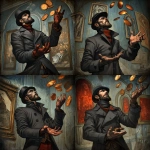Explore the Best AI Image Gallery

Beyond the Brush: AI Image Creation Tools and Their Impact on Creativity
The realm of art has always been a playground for innovation, constantly evolving with new technologies and techniques. Today, we stand at the cusp of another revolution, one driven by artificial intelligence (AI) and its ability to generate stunningly realistic images. AI image creation tools are no longer confined to the realms of science fiction; they are here, accessible to individuals and businesses alike, transforming the creative landscape as we know it.
These powerful tools utilize complex algorithms trained on vast datasets of images, enabling them to learn patterns, styles, and nuances of art. With a few prompts or parameters, users can generate unique images ranging from photorealistic landscapes to abstract masterpieces, blurring the lines between human and machine creativity.
Potential Uses: A World of Creative Possibilities
The applications of AI image creation tools are vast and diverse, spanning various industries and creative disciplines:
- Marketing and Advertising: Generate eye-catching visuals for campaigns, social media, and websites, personalized to specific target audiences.
- Design and Fashion: Create concept designs, prototypes, and even entire fashion collections, exploring innovative aesthetics and pushing boundaries.
- Entertainment and Gaming: Develop immersive game environments, design compelling characters, and bring fantastical worlds to life.
- Education and Research: Visualize complex data sets, create interactive learning materials, and explore new artistic concepts.
- Art and Photography: Empower artists with new tools to express their vision, experiment with different styles, and push the boundaries of traditional art forms.
Ethical Considerations: Navigating Uncharted Territory
As with any powerful technology, AI image creation tools raise important ethical considerations that require careful attention:
- Copyright and Ownership: Who owns the copyright to AI-generated images? The creator of the tool, the user who provides the prompt, or the AI itself?
- Bias and Representation: AI models are trained on existing data, which can contain biases that reflect societal inequalities. This can result in generated images that perpetuate stereotypes or underrepresent certain groups.
- Misinformation and Deepfakes: The ability to create highly realistic images can be misused for creating convincing fake news, propaganda, or impersonations, raising concerns about authenticity and trust.
- Job Displacement: AI-powered tools may automate tasks currently performed by human artists and designers, leading to potential job losses in the creative industries.
Future Trends: The Evolution of Creative AI
The field of AI image creation is rapidly evolving, with ongoing research and development pushing the boundaries of whats possible:
- More Personalized and Controllable AI: Tools will offer greater customization options, allowing users to fine-tune the style, composition, and details of generated images.
- Integration with Other Technologies: AI image creation will be seamlessly integrated with other technologies such as virtual reality (VR), augmented reality (AR), and blockchain, creating immersive and interactive experiences.
- Emergence of New Artistic Styles: AI will inspire new artistic movements and styles, blurring the lines between human and machine creativity and expanding our understanding of art itself.
The rise of AI image creation tools presents both exciting opportunities and complex challenges. As we navigate this evolving landscape, its crucial to foster ethical practices, address concerns surrounding bias and misinformation, and embrace the potential for collaboration between humans and machines in the pursuit of creative excellence.
](https://images.ai-img.art/thumbnails/150/1d7b3a908141474d50d90721c394db29c0cb5404d685ae70ea60430c18e905b7.webp)
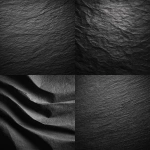

](https://images.ai-img.art/thumbnails/150/8c320ce9aefbbb5b9ec5fd4e1d0fba7388f0fff5b6c2e2f14077cad3008f291d.webp)
](https://images.ai-img.art/thumbnails/150/3c5dc62bba83cc9919c20ebfec8430d31e821cef586a2753dd85ef26d77d480a.webp)
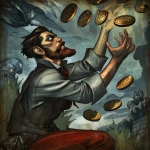
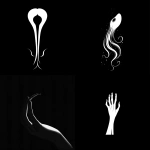
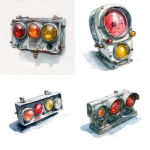

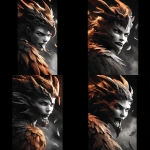
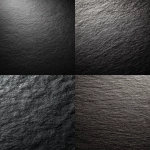
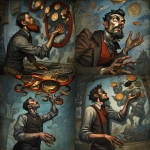
](https://images.ai-img.art/thumbnails/150/3e8c063b4357fc743a3c6e49a3145ee31b2dcecc018c38d2db8f97bf3e3fda3f.webp)




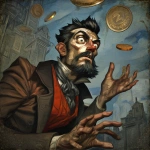
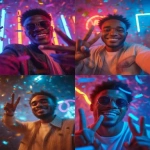

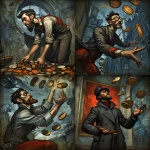

](https://images.ai-img.art/thumbnails/150/1accb5453f2335686b162f0a879c7ce73a18516a33868f214a16bdaf95beeb5a.webp)
